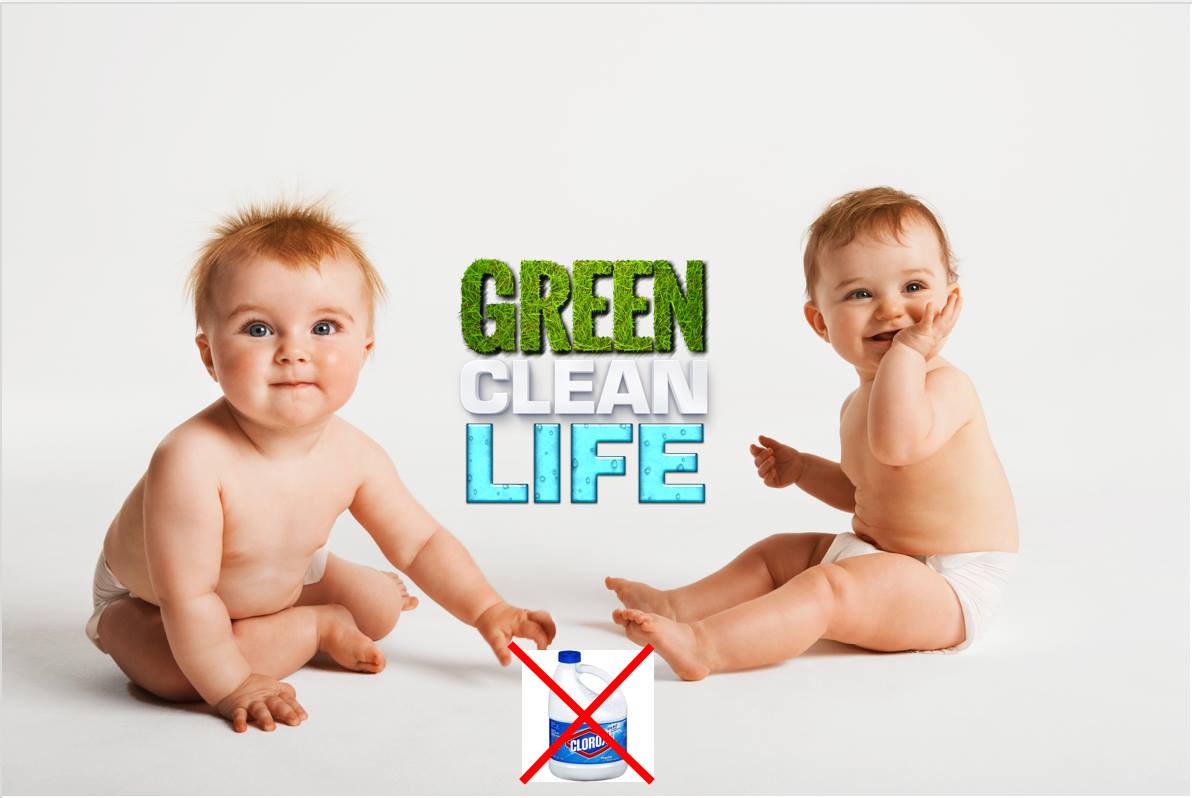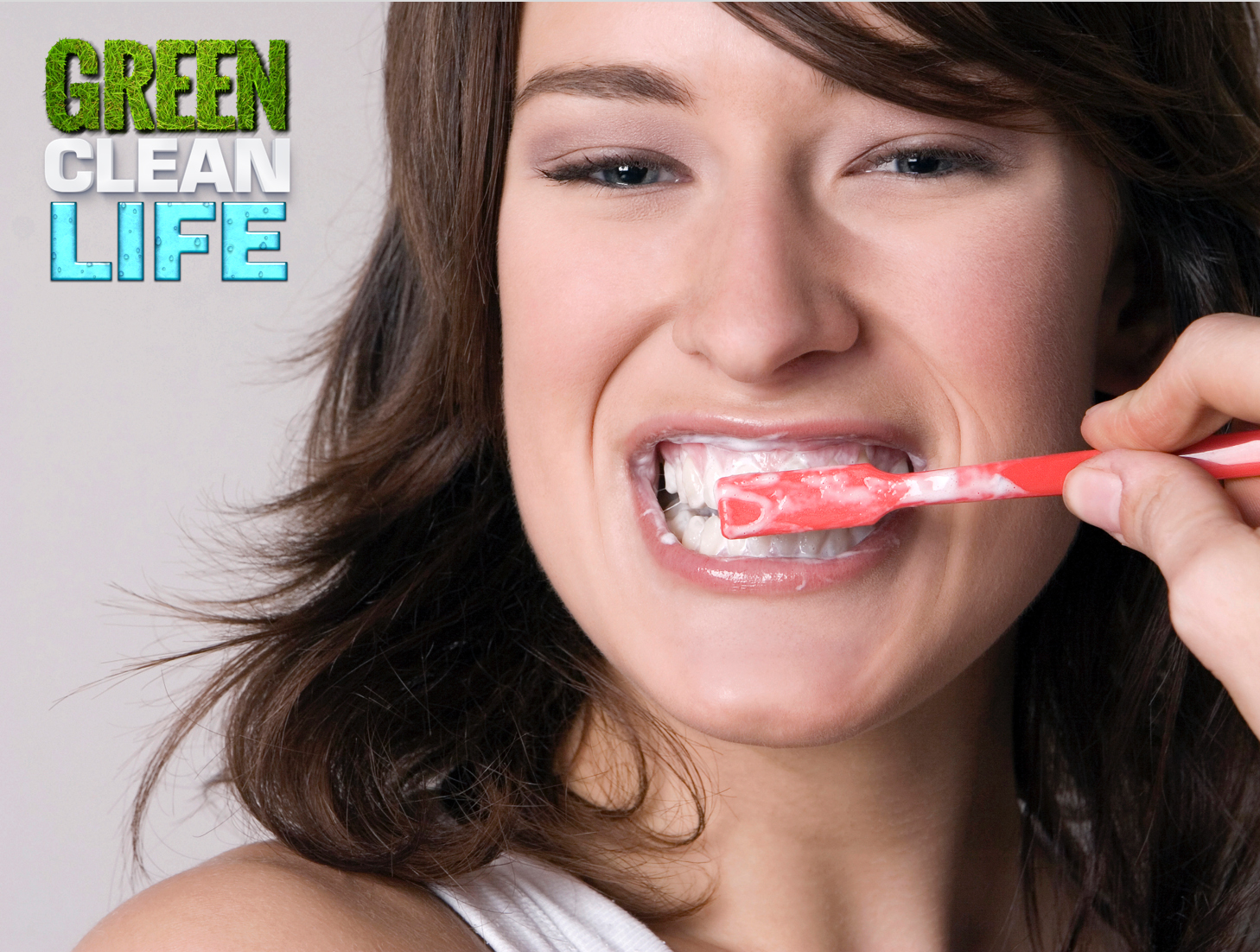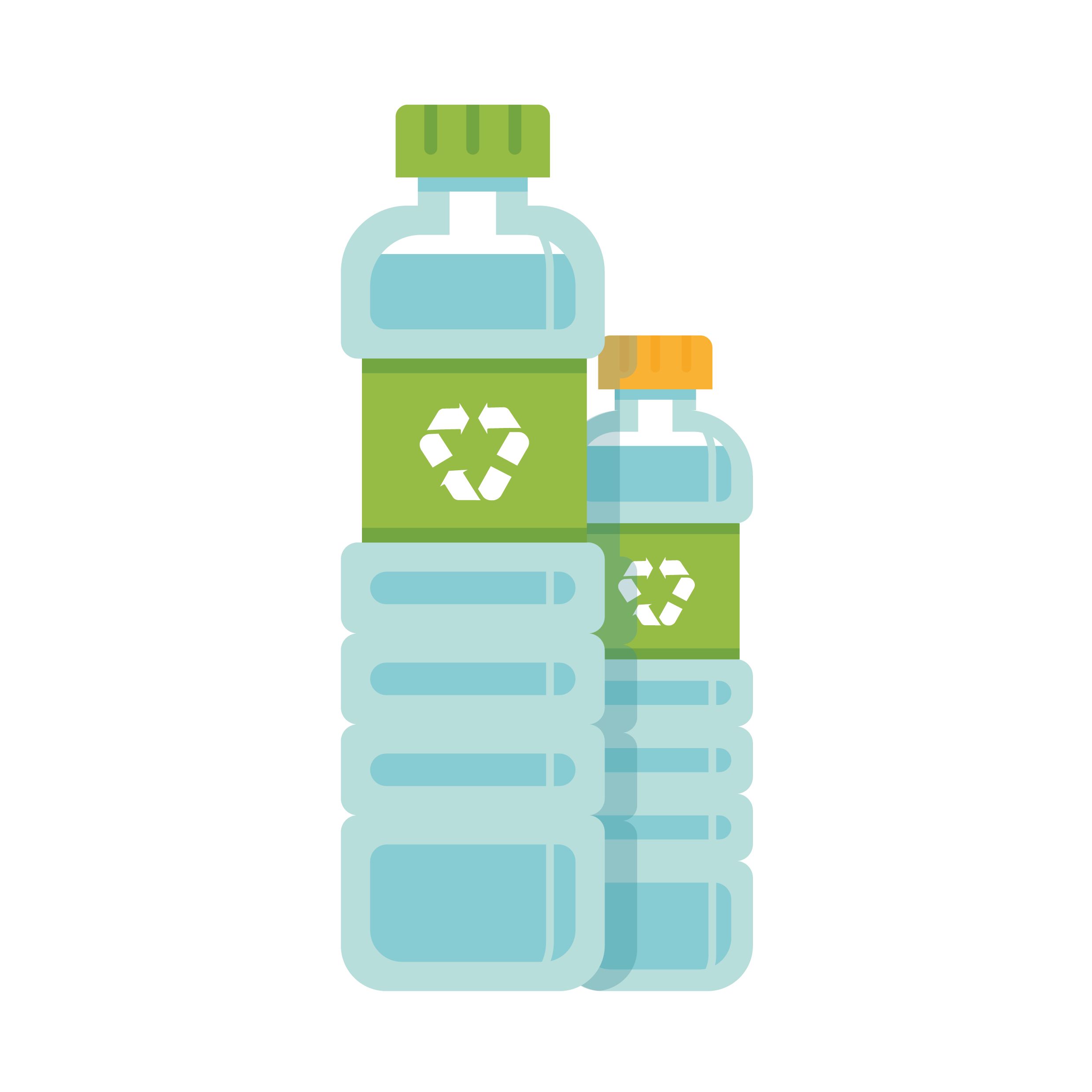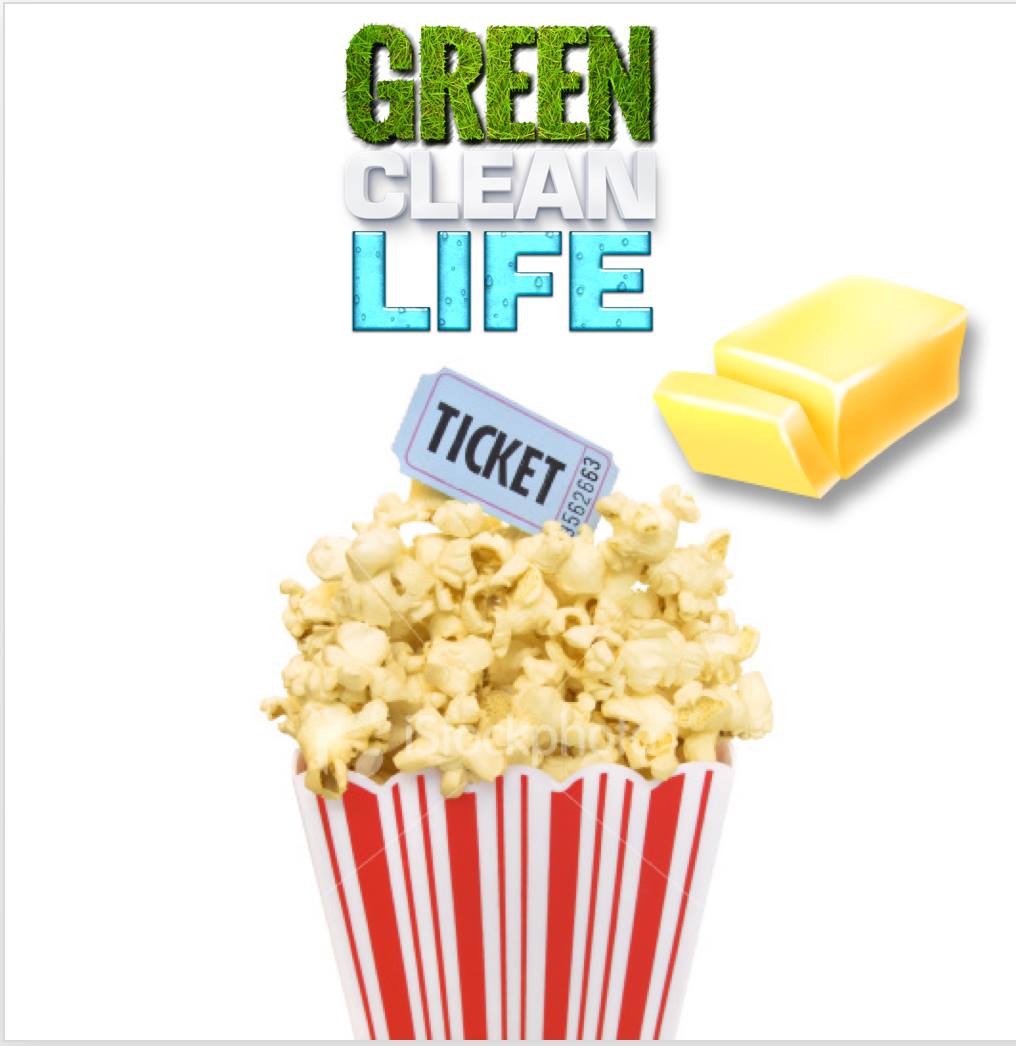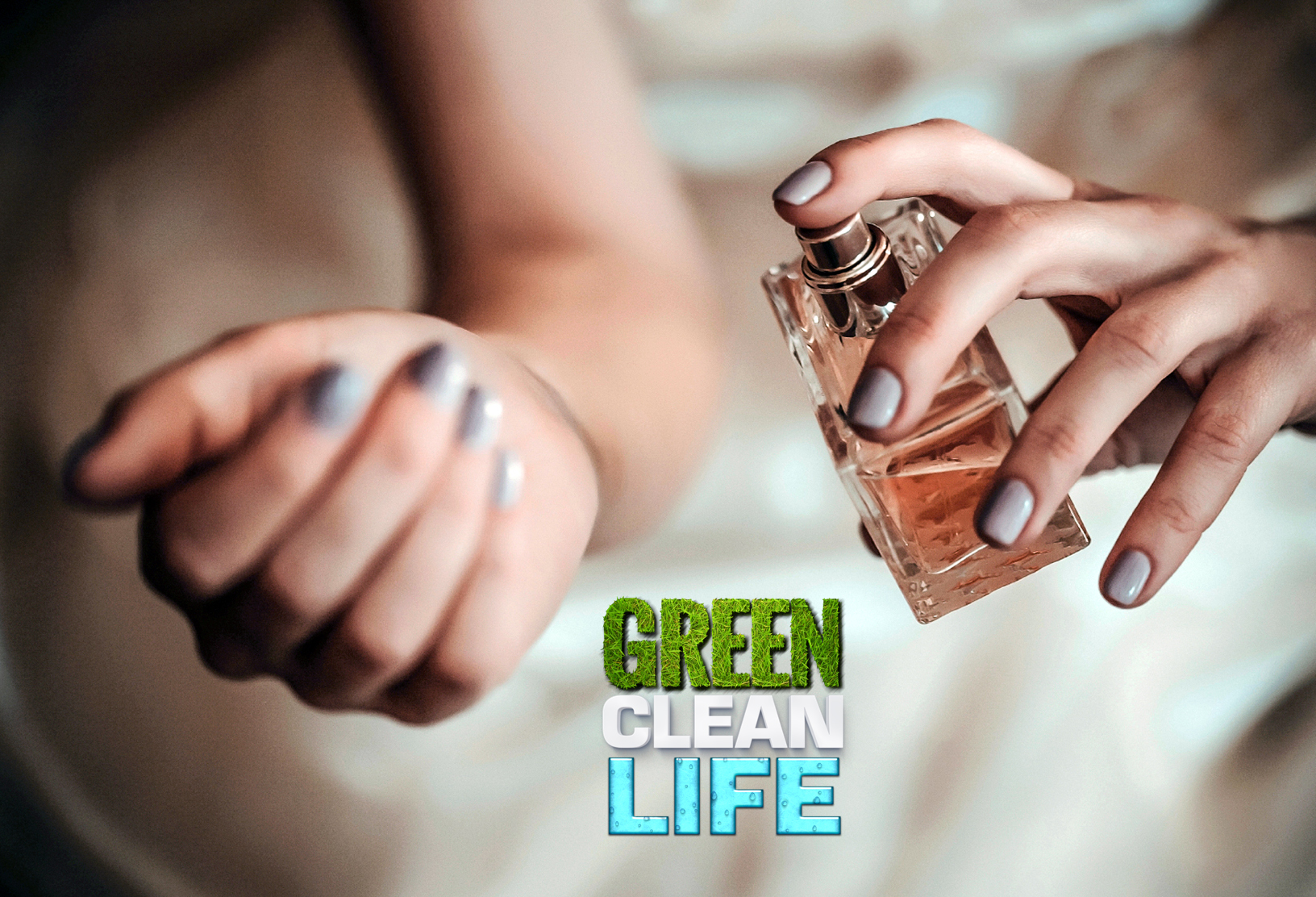Many people think of Bleach as a go to in their homes. From keeping your clothes white, to sanitizing your countertops, bleach is now used widespread throughout American homes. In fact, some home-makers actually keep diluted bleach in a water bottle under the sink and spray it as if it were a safe household ingredient. Unfortunately for them, bleach is a poisonous toxin that is associated with some of the worst health risks in the world.
Bleach is highly corrosive and is an irritant to the eyes, skin, and respiratory tract. Simply inhaling these invisible gases has been known to deteriorate the lungs and esophagus lining in addition to scarring the respiratory tract. Most of the time you don’t even know it’s happening, the effects seem minimal, but over time, these regular exposures to this toxic poison are killing you without you even aware of the problem. Even though this has been pointed out on various news reporting stories throughout the world, the demand for bleach only continues to grow.
In addition to being toxic to humans and our little furry friends, chlorine bleach also poses a significant risk to the environment, and was even used as a chemical weapon during World War I! Think about that, a CHEMICAL WEAPON! We have our babies crawling around on bleach fresh floors thinking we are protecting them from bacteria on the ground and meanwhile we are slowly poisoning them over time. National poison statistics show that 118,000 people are poisoned just by household cleaning products alone. Add in another 150,000 for cosmetic and personal care items and you are well over a quarter of a million people per year being poisoned.
Childproof your home, please! Join us on our next webinar to learn more about the hidden dangers in your regularly used, everyday household cleaning products. Learn how to make an AFFORDABLE shift to an eco friendly household by joining our WHOLESALE network for only $19 per year! Let me show you how to replace your current products with safer ones that are equally as effective. Simply text 480-707-3859 to speak to your Green Clean Life Champion today!

